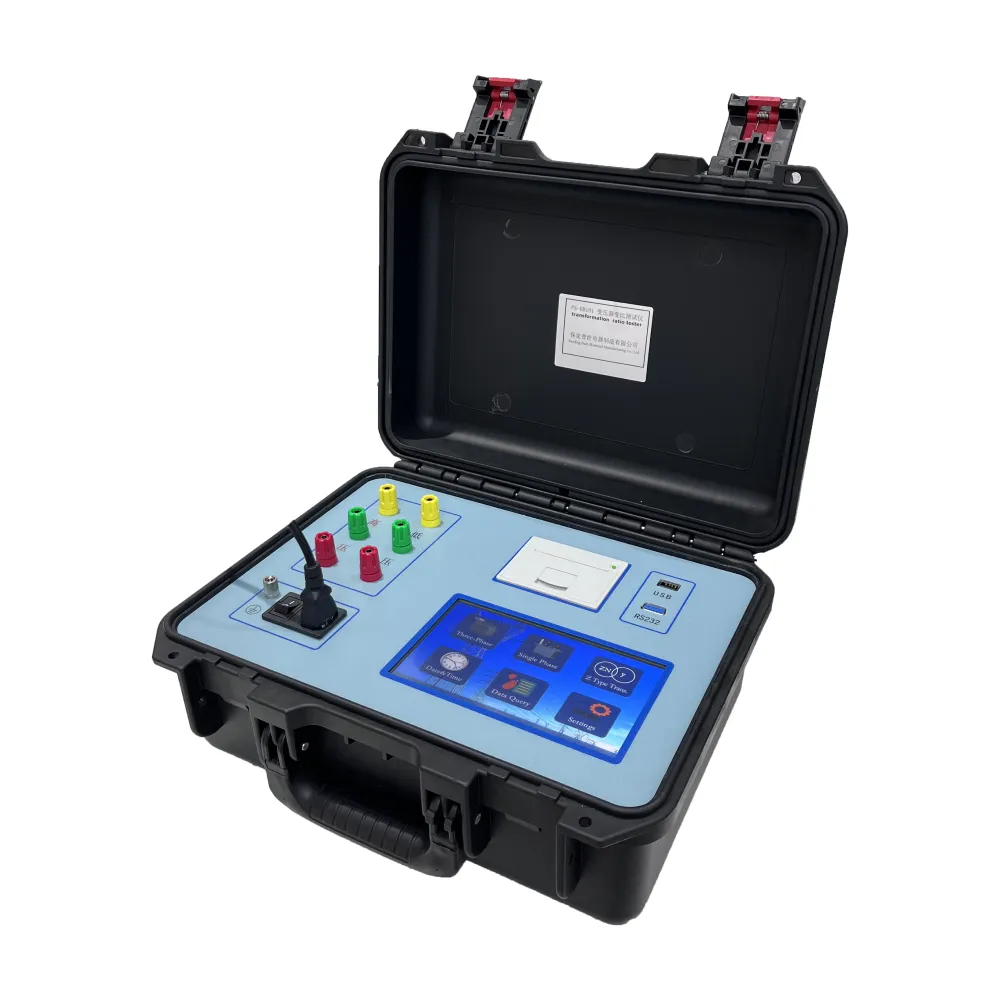 English
English


Understanding the Impact of Dielectric Loss Factor on Material Performance and Applications
Understanding Dielectric Loss Factor Implications and Applications
The dielectric loss factor, often denoted as tan δ, is a crucial parameter in the field of electrical engineering and materials science. It quantifies the energy losses in dielectric materials that occur when they are subjected to an alternating electric field. The dielectric loss factor provides insight into how effectively a material can store electrical energy compared to how much energy is lost as heat. This article aims to delve into the concept of dielectric loss factor, its significance, and its various applications.
What is Dielectric Loss Factor?
Dielectric materials are insulators that can store electrical energy in an electric field. When exposed to an alternating current (AC), these materials do not just store energy; they also dissipate some of it in the form of heat. The dielectric loss factor is defined as the ratio of the imaginary part of the material's permittivity (dielectric constant) to the real part. It can be mathematically expressed as
\[ \text{tan } \delta = \frac{\text{Imaginary Part of Permittivity}}{\text{Real Part of Permittivity}} \]
A high dielectric loss factor indicates that the material retains less energy and loses more energy as heat under alternating electric fields. Conversely, a low dielectric loss factor signifies better performance in energy storage applications due to minimal energy loss.
Importance of Dielectric Loss Factor
The dielectric loss factor is vital for several reasons, especially in applications involving capacitors, insulators, and RF components. For instance, in the design of capacitors, selecting a material with a low dielectric loss factor is crucial for efficient energy storage and minimal heat generation. High losses can lead to overheating, reduced efficiency, and ultimately, failure of electronic components.
Additionally, in telecommunications, materials with low dielectric losses are preferred for high-frequency applications. Lossy materials can severely degrade the performance of RF antennas and transmission lines. Thus, understanding the dielectric loss factor helps engineers select appropriate materials to optimize signal clarity and transmission efficiency.
Factors Influencing Dielectric Loss Factor
The dielectric loss factor is influenced by several factors, including
dielectric loss factor

1. Frequency As the frequency of the applied electric field increases, dielectric losses usually increase due to the lagging response of dipoles in the material.
2. Temperature Higher temperatures can enhance molecular motion and increase the dielectric loss factor, leading to more energy being dissipated as heat.
3. Material Composition The intrinsic properties of a dielectric material, such as its molecular structure, can significantly affect its dielectric loss. For instance, polar molecules tend to have higher dielectric losses compared to non-polar ones.
4. Moisture Content The presence of moisture in dielectric materials can drastically increase the dielectric loss factor, making it a critical parameter to monitor in applications exposed to environmental conditions.
Applications of Dielectric Loss Factor
Understanding and measuring the dielectric loss factor is imperative in various fields
- Electronics It helps in the design of capacitors, where lower loss factors lead to better efficiency.
- Telecommunications In RF and microwave technologies, low-loss materials are essential for maintaining signal integrity.
- Energy Storage Systems In applications involving supercapacitors and batteries, minimizing dielectric losses contributes to overall energy efficiency.
- Medical Devices In medical imaging technologies, such as MRI, low-loss materials are necessary to ensure high-quality images and patient safety.
In conclusion, the dielectric loss factor is a fundamental property that impacts the performance of many electronic and electrical components. By understanding and optimizing this parameter, engineers and scientists can enhance the efficiency and reliability of various systems, pushing the boundaries of technology forward. As the demand for more efficient and sustainable materials grows, research into dielectric properties will continue to play a crucial role in the advancement of modern electronics.
-
Differences between open cup flash point tester and closed cup flash point testerNewsOct.31,2024
-
The Reliable Load Tap ChangerNewsOct.23,2024
-
The Essential Guide to Hipot TestersNewsOct.23,2024
-
The Digital Insulation TesterNewsOct.23,2024
-
The Best Earth Loop Impedance Tester for SaleNewsOct.23,2024
-
Tan Delta Tester--The Essential Tool for Electrical Insulation TestingNewsOct.23,2024





